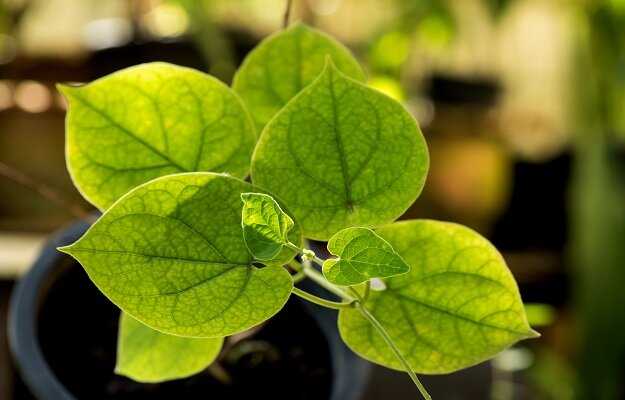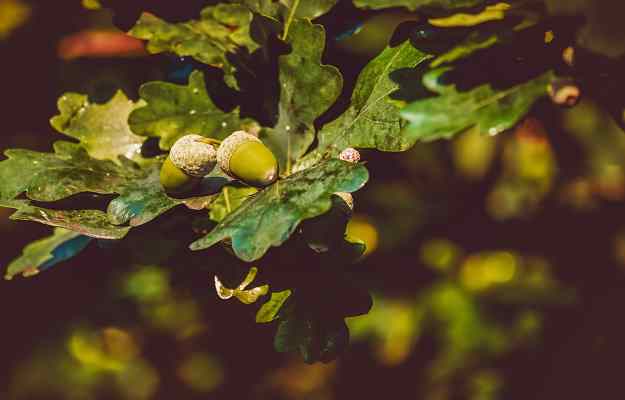Patha is a widely used Ayurvedic herb known for alleviating a number of ailments. However, it is not a single herb. Instead, the name patha is used to describe two different herbs with distinct botanical names. These are:
- Cissampelos pareira or laghupatha, commonly known as velvet leaf
- Cyclea peltata or rajpatha, commonly known as Indian moonseed
Experts suggest that rajpatha can be used as a substitute for laghupatha in various ayurvedic formulations.
Patha is said to be tridoshic in Ayurveda, which means the herb alleviates all three doshas - kapha, pitta and vata. It is known to have digestive, antipyretic and wound healing properties and used for the treatment of diarrhoea, urinary diseases, cough, inflammation, menstrual conditions, piles and skin diseases.
Roots of patha plant have muscle relaxant properties and hence are traditionally used in some parts of South America for the management of women’s health conditions including easing childbirth and relieving menstrual cramps. Patha leaves are used in some parts of the world as a vegetable.
Some general facts about laghupatha:
- Botanical name: Cissampelos pareira
- Family: Menispermaceae
- Common names: Velvet leaf, Abuta, False pareira, Midwife’s herb, barbasco, Perira root
- Parts used: Roots, leaves
- Geographical distribution: The genus Cissampelos consists of about 30 species. These species are found in the tropical and subtropical regions of the world including East Africa, Asia, America and India. In India, Cissampelos pareira is found in Bihar, West Bengal, Chota Nagpur, Punjab, Rajasthan, Maharashtra (especially in the forests of Marathwada) and Tamil Nadu.
Some general facts about rajpatha:
- Botanical name: Cyclea peltata
- Family: Menispermaceae
- Common names: Pata root, raj patta
- Parts used: Roots, leaves
- Geographical distribution: Rajpatha is found in tropical evergreen forests, including those in India and Sri Lanka. This herb grows widely in South and Eastern India and in the Andaman and Nicobar Islands.

























